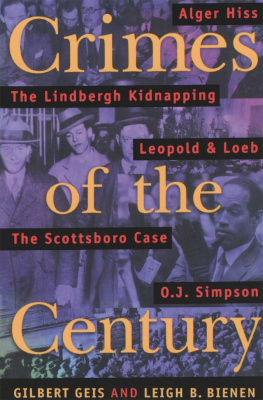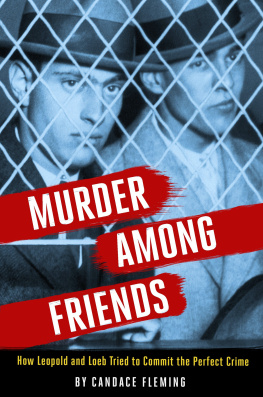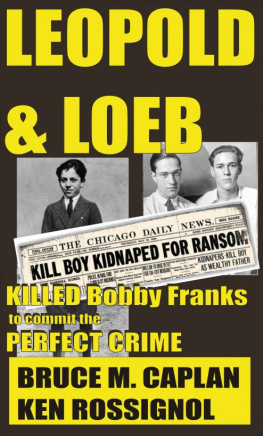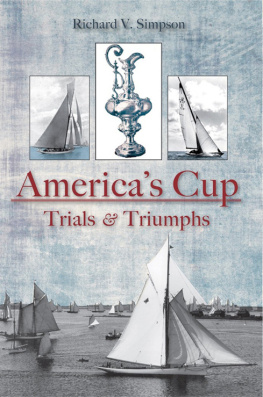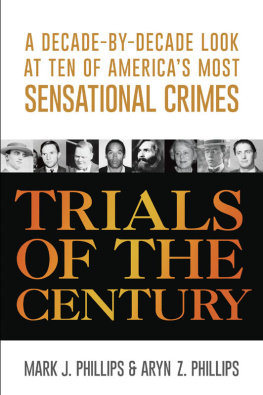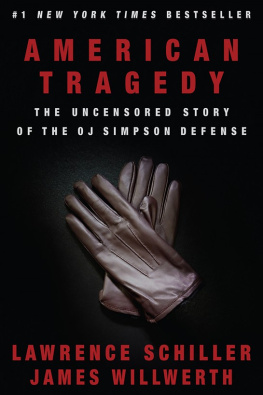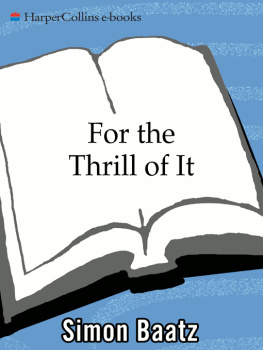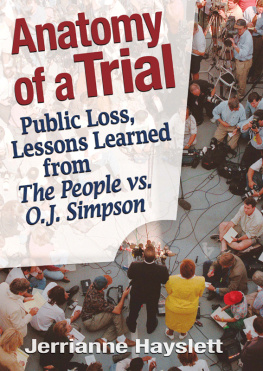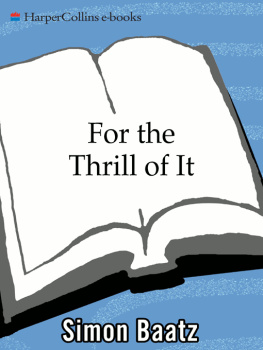Crimes of the Century
Crimes of the Century
From Leopold and Loeb to O. J. Simpson
GILBERT GEIS AND LEIGH B. BIENEN
Northeastern University Press
Boston
Northeastern University Press
Copyright 1998 by Gilbert Geis and Leigh B. Bienen
All rights reserved. Except for the quotation of short passages for the purposes of criticism and review, no part of this book may be reproduced in any form or by any means, electronic or mechanical, including photocopying, recording, or any information storage and retrieval system now known or to be invented, without written permission of the publisher.
ebook ISBN: 978-1-5553-868-2
Library of Congress Cataloging-in-Publication Data
Geis, Gilbert.
Crimes of the century : from Leopold & Loeb to O. J. Simpson / Gilbert Geis and Leigh B. Bienen.
p. cm.
Includes bibliographical references and index.
ISBN 1-55553-360-4 (cloth : alk. paper)
ISBN 1-55553-427-9 (pbk. : alk. paper)
1. TrialsUnited States. I. Bienen, Leigh B. II. Title.
KF220.G45 1998
345.7307dc21 98-23180
To Dolores, and in memory of Robley Geis
To Henry and all of our wonderful family
Let the young take note:
Three short generations span the century. Our parents were contemporaries of Lindbergh and Hiss, our grandparents followed the cases of Leopold and Loeb and Scottsboro, and we all lived through Simpson together.
Illustrations
Crimes of the Century
Chapter One
Introduction
What is it that catapults a crimeor, at times, an event that allegedly is criminalinto a realm where it remains deeply embedded in our collective imagination many decades later? Precise details may fade from memory, and people who were born after the case first dazzled the media and the public may be aware of only a few shreds of information vaguely connected with what went on. But they sense that the case stood for something important, not only representing the facts about the crime itself, but also offering a commentary on the condition of the time. Such criminal cases find their way into history books and become the stuff that endlessly feeds into television docudramas and other media reference points. Near the end of 1997, to take but one example, a play, Never the Sinner, opened in New York on an off-Broadway stage. Its theme revolves around the killing of Bobby Franks by Nathan Leopold and Richard Loeb, the first of the five cases that we consider in this book. The Leopold-Loeb killing took place seventy-three years before its current presentation in drama form.
A review of the play in the New York Times tells us some of the reasons why the Leopold-Loeb case continues to serve as the backdrop for a fascinating examination of human nature. The reviewer declared that the drama has emotional and intellectual force. The play rejects the wild emotionalism of the case itself, it is noted, but it portrays the public mood that surrounded the crime: the blaring headlines, the almost erotic public revulsion, the national newspaper-sponsored contest for women that offered as the prize a date with Dickie Loeb. This stage version of the case, we are told, concentrates on the personalities of the men and on the moral environment they lived in, with the result that the world is uglier and colder and more sinister than ever.
The criminal justice landscape has been so altered since the earlier epic cases that some of the conditions they reflect seem outdated, hardly creditable. But the cases themselves will not be forgotten. Depending on the criminal sensation of the moment, they will be disinterred to provide object lessons about how much has changed and, yet, how very much human behavior and elements of criminal adjudication remain unaltered. Only recently, for instance, the inability of the Boulder, Colorado, police to solve the case of the Christmas Day 1996 garroting of JonBenet Ramsey, a six-year-old beauty contest winner, led a curator of the Colorado Historical Society to say that JonBenet is our generations Lindbergh baby. The Denver newspaper felt compelled to explain to a newer generation that the curator was referring to the 1932 kidnapping and murder of the infant son of Charles and Anne Lindbergh.
The cases we review here rescue the American criminal justice system from abstraction. For each of them we have paid particular attention not only to the intricacies of the events but also to their relationship to important issues in criminology and in the administration of criminal justice. Three of the five cases that we examine came to be known in their time as the crime of the centuryin reverse chronological order these are the alleged murder of Nicole Simpson and her ill-starred friend, Ron Goldman, by O. J. Simpson (1994), the kidnapping and death of Charles Lindberghs infant son (1932), and the killing of Bobby Franks by Richard Loeb and Nathan Leopold (1924).
The label crime of the century, it is worth noting, was not a new coinage. In 1898, Henry Hunt wrote The Crime of the Century: Or the Assassination of Dr. Patrick Henry Cronin. Hunt could at least review what had gone on for almost the entire nineteenth century before offering his judgment that this was its most significant criminal episode. The case Hunt examined involves the hacking to death of Patrick Cronin, a Chicago physician, by members of an Irish secret society. Cronin had accused the groups leaders of embezzling organization funds. Of the five persons tried for the murder, two received life sentences. The driver of the buggy that had decoyed Cronin to the scene of his death received a three-year prison term for manslaughter, while the head of the clan that condemned the doctor was found not guilty. The case has long since sunk into obscurity, a very unlikely fate for those we will scrutinize in the following pages.
The pair of cases we examine that did not earn crime-of-the-century distinction also are central to an understanding of the relationship between sensational criminal trials and the operation of the criminal justice system. They tell us a great deal about the social messages that such crimes convey and the manner in which they can cause a more critical and constructive appraisal of criminal justice administration in the United States. One is the Scottsboro case (1931), involving a charge of forcible rape of two white women by nine young black men, allegedly while they hoboed their way on a freight train from Tennessee to Alabama. The other is the perjury trial of Alger Hiss (1949), an object lesson in the interconnection among the temper of the time, political considerations, and the operation of the criminal justice process. There are those who maintain that these cases should not have been exempted from the already overcrowded crime-of-the-century designation. Whittaker Chambers, the chief prosecution witness in the Hiss case, for instance, rather immodestly (though perhaps accurately) told a Rotary Club audience that the Hiss trial was the most important case of the first half of the twentieth century.
The most obvious way to determine ingredients that elevate the ordinary in crime to the extraordinary is to examine the major aspects of these five cases to determine if any particular pattern emerges. Categories that seem relevant are geographic setting, the nature of the offenders and the victims, and the details of the offense.
The locations are rather what might be expected. One occurred in each of the three largest cities in the country: New York (Hiss), Los Angeles (Simpson), and Chicago (Leopold-Loeb). The fourth case (Lindbergh) was tried close to New York City and drew massive metropolitan and world press coverage. But the fifth set of trials took place in Scottsboro and Decatur, Alabama, far from any hive of activity or media center. Location probably feeds into the question of whether a case will rise above the ordinary, but it is obviously not a necessary consideration.
Next page
